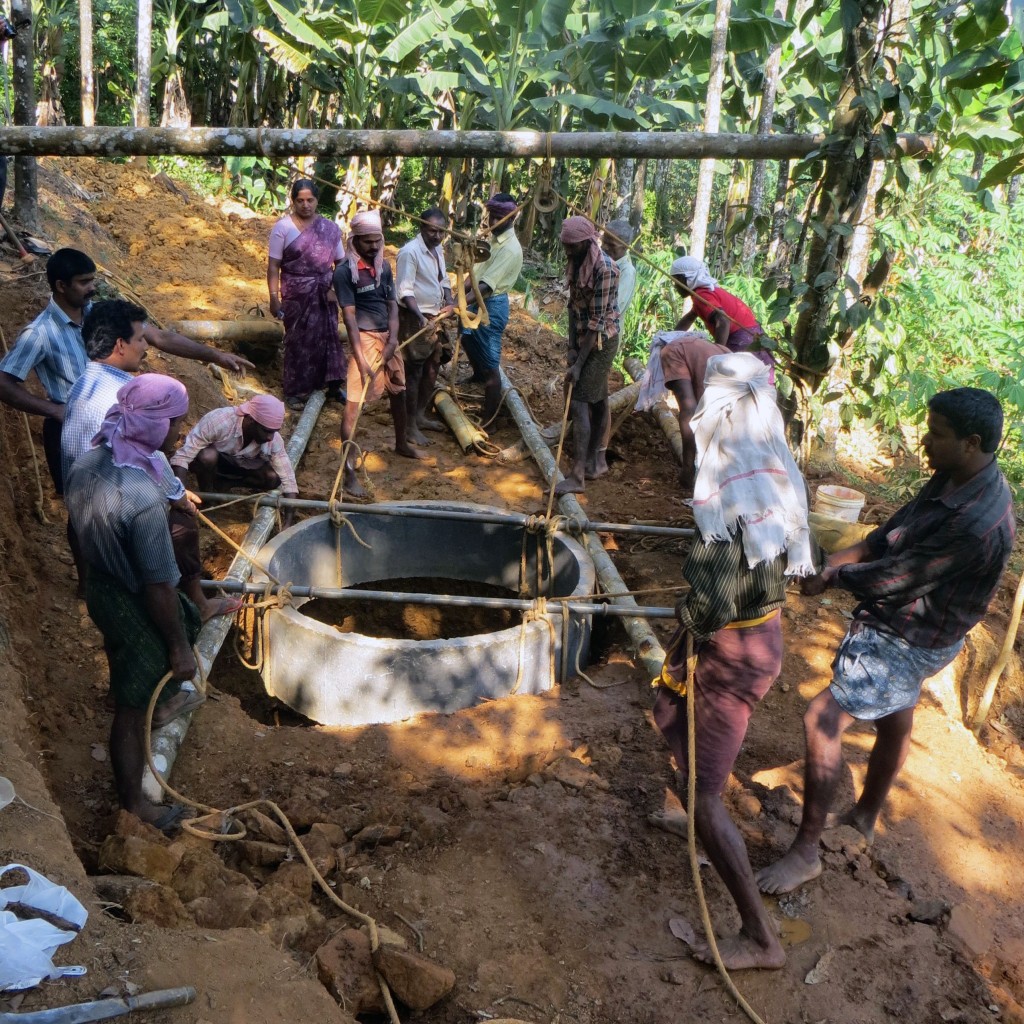Imagine mostly inaccessible water, tainted with toxic chemicals. Then imagine being forced to t ravel long distances to drink that harmful water, because it is your only choice for survival. In the United States and other developed countries, access to clean water is something we take for granted. But in many parts of the world, such basic necessities are not so easy to obtain.
ravel long distances to drink that harmful water, because it is your only choice for survival. In the United States and other developed countries, access to clean water is something we take for granted. But in many parts of the world, such basic necessities are not so easy to obtain.
According to Indian governmental surveys, 54% of homes in rural India do not have a supply of drinking water. Many of these individuals are forced to walk long distances to access wells and springs, especially in rural and impoverished regions like Kerala, in Southern India. There were almost 17.5 million Indians living in rural Kerala during the 2011 census, which means that as many as nine million rural citizens are living without adequate access to drinking water in a region that is barely larger than Maryland.
Even when rural Indians obtain water, it is often unhealthy to drink. According to The New York Times, half of the rural water supply is contaminated with toxic bacteria. 600,000 Indian children die of pneumonia or diarrhea each year, due primarily to unsanitary water. Due to the scarcity of potable water, groundwater is routinely utilized, drying up the land and increasing the likelihood that unhygienic materials will enter the water.
The best venture for India is to comprehensively battle water shortages and poor water sanitation in rural regions like Kerala. The establishment of a comprehensive program to bring running water to more homes is one opportunity. Running water and taps are prevalent in cities, but The New York Times states that: “taps…operate on average just three hours a day.” And when they do, the water is often contaminated. A nation-wide program, implemented by the Indian government, would be the most effective way to improve current conditions and provide running water to more families.
However, such a program would be unprecedented, considering the enormous costs, labor, and communications necessary for the Indian government to get the strategy off the ground. The establishment of wells, on the other hand, is an optimal method for non-profits and other organizations to make a difference in India. By erecting wells in rural villages, individuals do not need to spend several hours collecting water every day, because water sources can be placed in the villages rather than miles away. Profugo has constructed three wells in the Prashanthagiri community, which have reduced time spent by villagers on water accumulation from two hours to twenty minutes. Thanks to the hygienic assistance these wells provide, illnesses related to poor water quality have decreased.
India houses 16% of the world population, but contains only 4% of the world’s fresh water. Poor sanitation intensifies the situation, as sewage and runoff from agriculture account for noteworthy contamination of valuable drinking water. As Water.org mentions so candidly, “diarrhea alone causes more than 1,600 deaths daily – the same as if eight 200-person jumbo-jets crashed to the ground each day.” The need is great for easier and safer access to drinking water, especially in rural areas of India.
The issues are not contained to Prashanthagiri. There are many other communities in need of wells of similar devices to collect safe water, in Wayanad, Kerala, and the rest of India. While the crisis is extraordinary, the ability of one individual to make a difference is astounding. If three wells in Wayanad can provide twenty families with clean drinking water, just imagine what a few more could do. Rural India is not pampered with clean taps, Brita filters, or enforced sanitation standards; it needs the basic necessity of clean drinking water by means of appropriately designed wells, without access to any of those first-world pleasures.
Sources:
https://profugo.org/projects/water-for-life/
http://censusindia.gov.in/2011-prov-results/data_files/india/Final_PPT_2011_chapter3.pdf
http://censusindia.gov.in/2011-prov-results/paper2/data_files/kerala/Pamphlet_kerala.pdf

Leave a Reply
You must be logged in to post a comment.